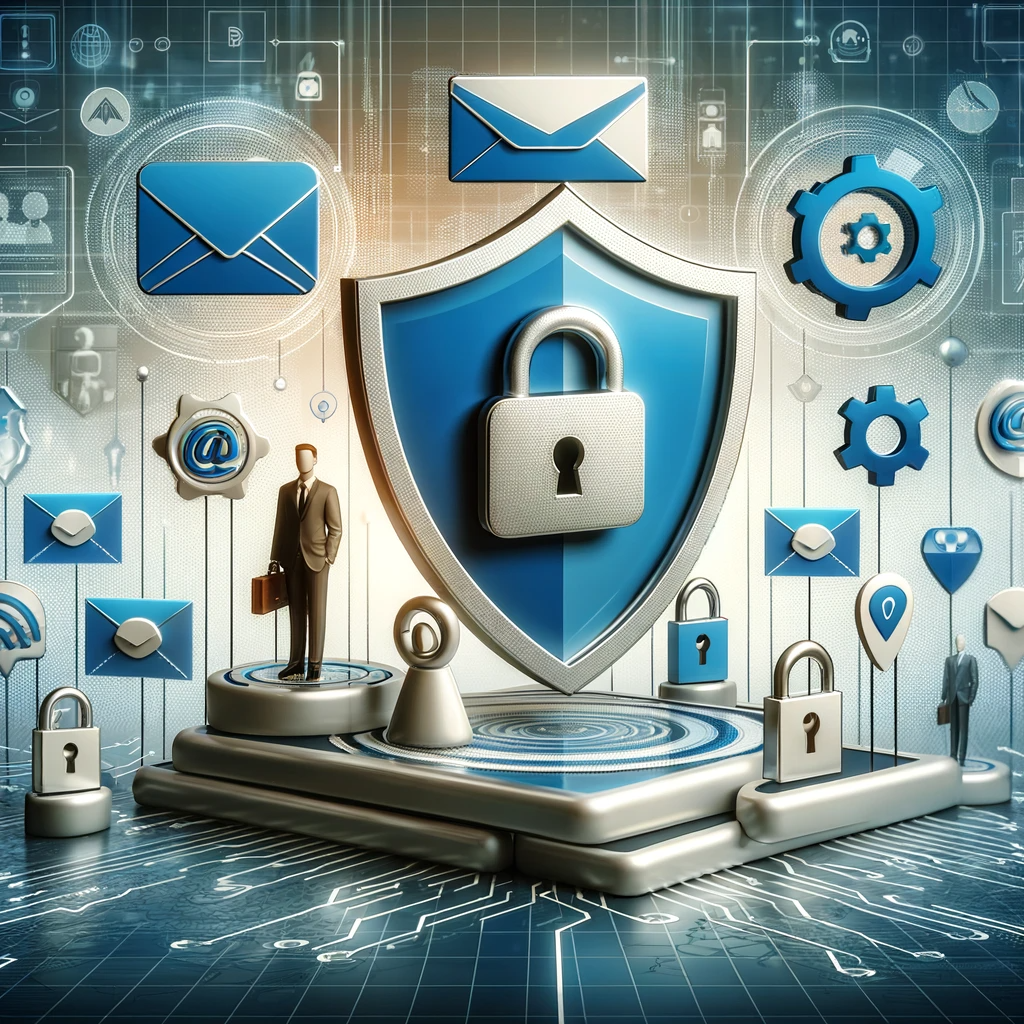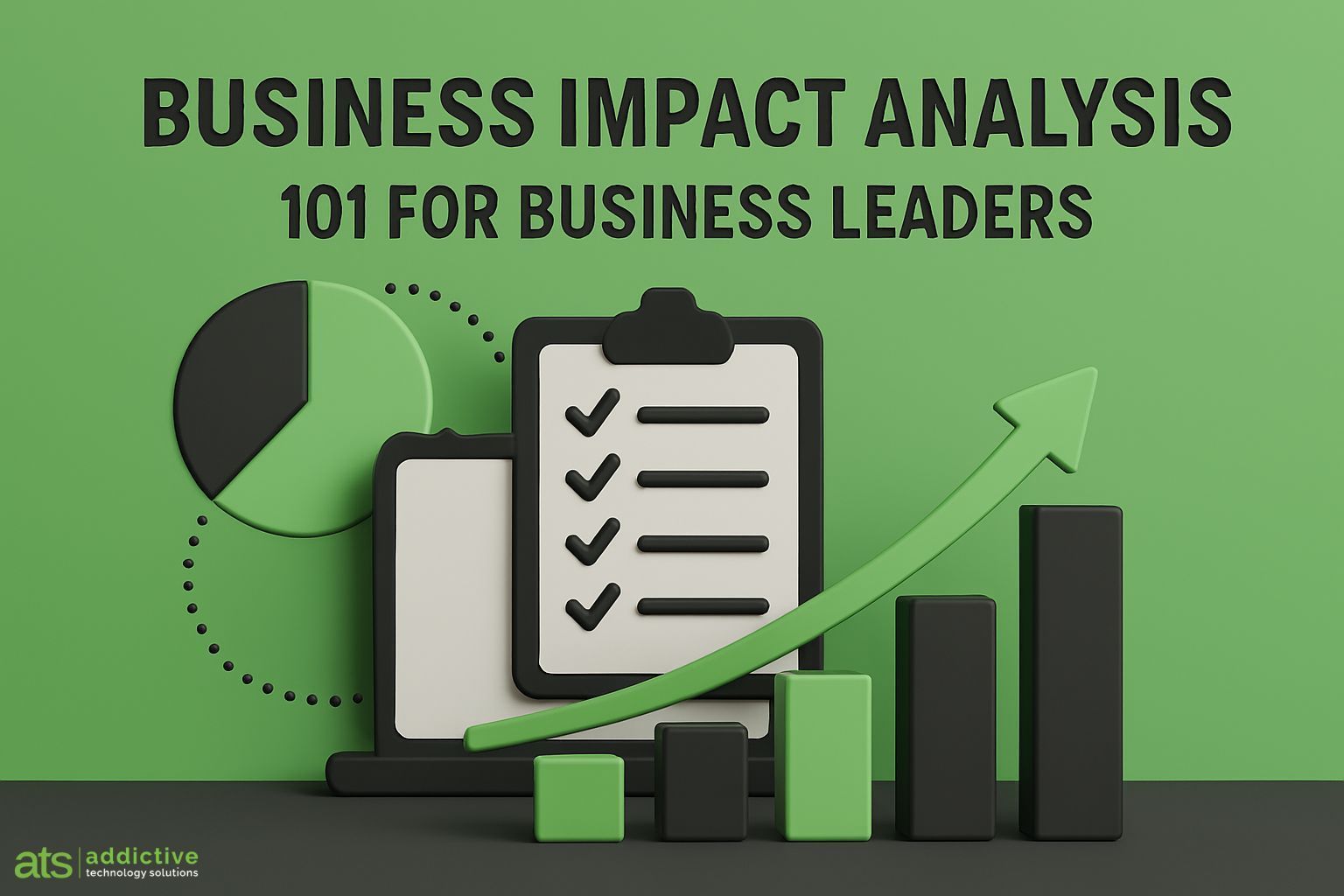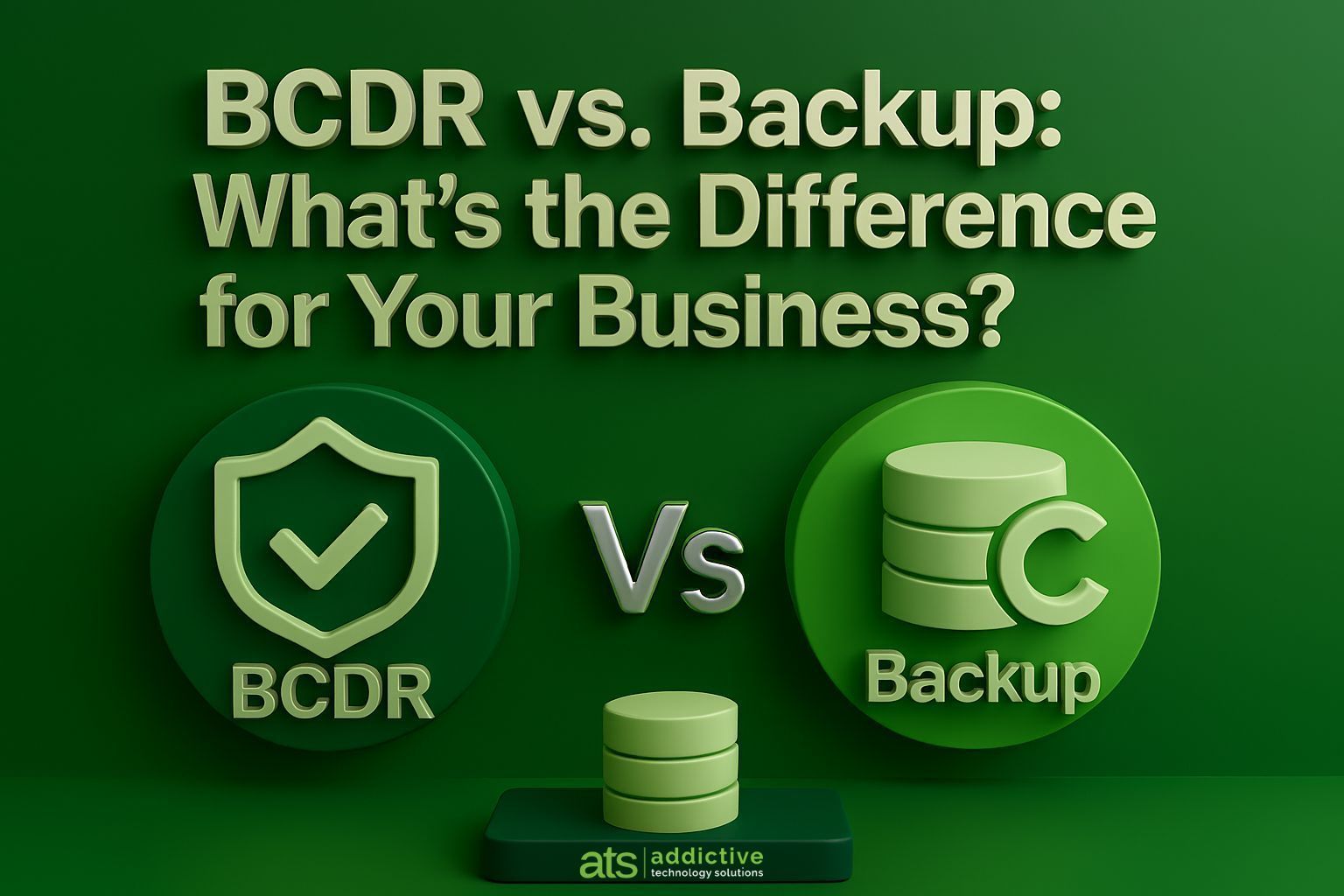Understanding the New DMARC Email Changes for Small Business Owners: A Guide by Addictive Technology Solutions
Introduction

In today's digital world, where emails are a critical component of business communication, understanding and adapting to changes in email security and authentication is crucial. Google and Yahoo are set to introduce mandatory DMARC (Domain-based Message Authentication, Reporting, and Conformance) requirements for bulk email senders starting February 2024. This article, brought to you by Addictive Technology Solutions, aims to simplify these changes and guide small business owners through the process of compliance.
What is DMARC and Why is it Important?
DMARC is an email authentication protocol designed to protect email domains from unauthorized use, such as email spoofing, phishing attacks, and other cyber threats. It ensures that genuine emails are correctly authenticated against established DKIM (DomainKeys Identified Mail) and SPF (Sender Policy Framework) standards, thereby improving email deliverability and security.
Key Changes by Google and Yahoo
- DMARC Policy Enforcement: Businesses sending more than 5,000 emails per day to Google or Yahoo accounts will need to implement a DMARC policy in their DNS. This policy helps in monitoring and reporting the authenticity of the emails sent from their domain.
- Email Authentication: All emails must pass DMARC alignment, which can be achieved either through DKIM or SPF. DKIM tends to be more reliable as it remains intact even after forwarding, unlike SPF.
- PTR Records for Sending IPs: Companies should ensure that each of their IP addresses used for sending emails has a corresponding PTR (Pointer) record in DNS, which is essential for email validation.
- Spam Management: It's important to manage the rate of spam complaints. For Gmail, keeping the spam complaint rate below 0.3% is necessary.
- One-Click Unsubscribe Feature: By June 2024, it is mandatory to have a one-click unsubscribe option in emails to improve user experience and control spam.
- Message Formatting Standards: Emails must adhere to standards established by RFC 5322 to ensure proper formatting and delivery.
- Avoid Spoofing Gmail or Yahoo Domains: As both Google and Yahoo are tightening their DMARC policies, using their domains for sending emails without proper authentication could lead to significant delivery issues.
Preparing Your Business for These Changes
- Assess Your Email Volume: Determine if your business sends more than 5,000 emails per day to either Google or Yahoo accounts. This will dictate the level of compliance needed.
- Implement DMARC, DKIM, and SPF: If you haven’t already, set up these email authentication protocols. DMARC can be set to monitor-only mode initially, but eventual enforcement is recommended for better security.
- Monitor and Adjust Your Email Practices: Regularly check your email sending practices to ensure compliance with these new standards. Tools for monitoring DMARC, DKIM, and SPF alignment are available and can be highly beneficial.
- Educate Your Team: Ensure your team is aware of these changes and understands the importance of compliance. This includes marketing, IT, and anyone involved in email communications.
- Seek Expert Assistance: If needed, consider consulting with a business tech support provider like Addictive Technology Solutions. Professional assistance can streamline the process of adapting to these changes and ensure that your business remains compliant.
Conclusion
In conclusion, as we navigate through these pivotal changes in email authentication and security, it's imperative for small businesses to stay informed and compliant. Remember, securing your email communications not only aligns with these new standards but also fortifies your business against cyber threats. If you're seeking expert guidance or need assistance in implementing DMARC, DKIM, SPF, or understanding these new requirements, don't hesitate to contact Addictive Technology Solutions. Our team of professionals is dedicated to providing top-notch business tech support and ensuring your emails for business are secure and compliant. Reach out to us today for a safer, more reliable email communication experience.


